





 |
 |
 |
 |
 |
 |
|---|---|---|---|---|---|
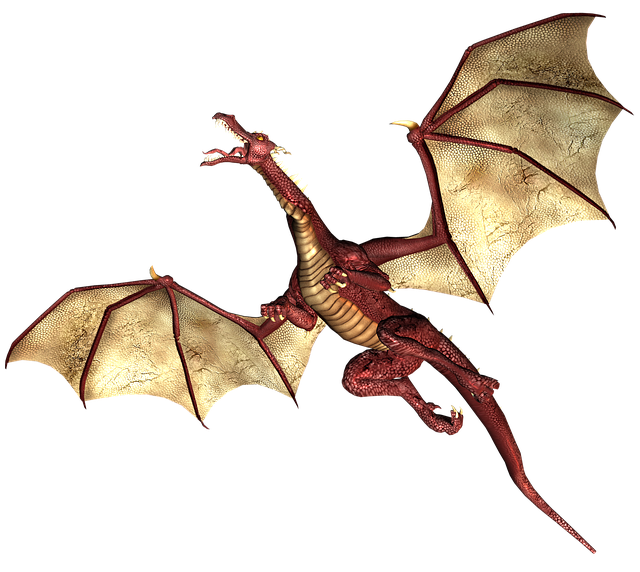 |
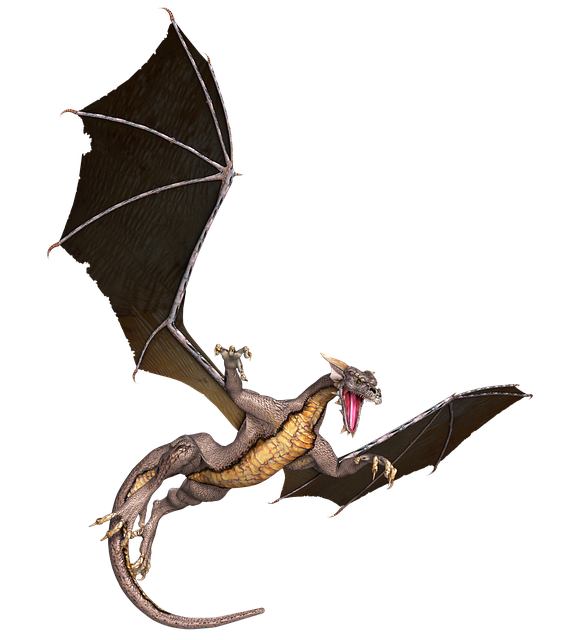 |
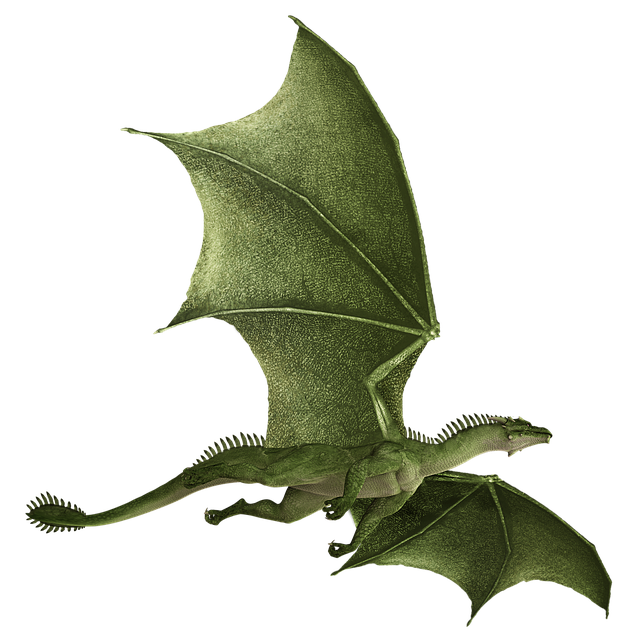 |
|---|---|---|
The largest flying birds have a mass of 13 kg. The laws of flight are such that the heavier you are, the harder it is to fly.
In the age of dinosaurs, it was easir to fly because the oxygen density was larger and the air density was larger. The maximum mass of a flying bird was 5.6 times larger than today, so birds of up to 73 kg could fly.
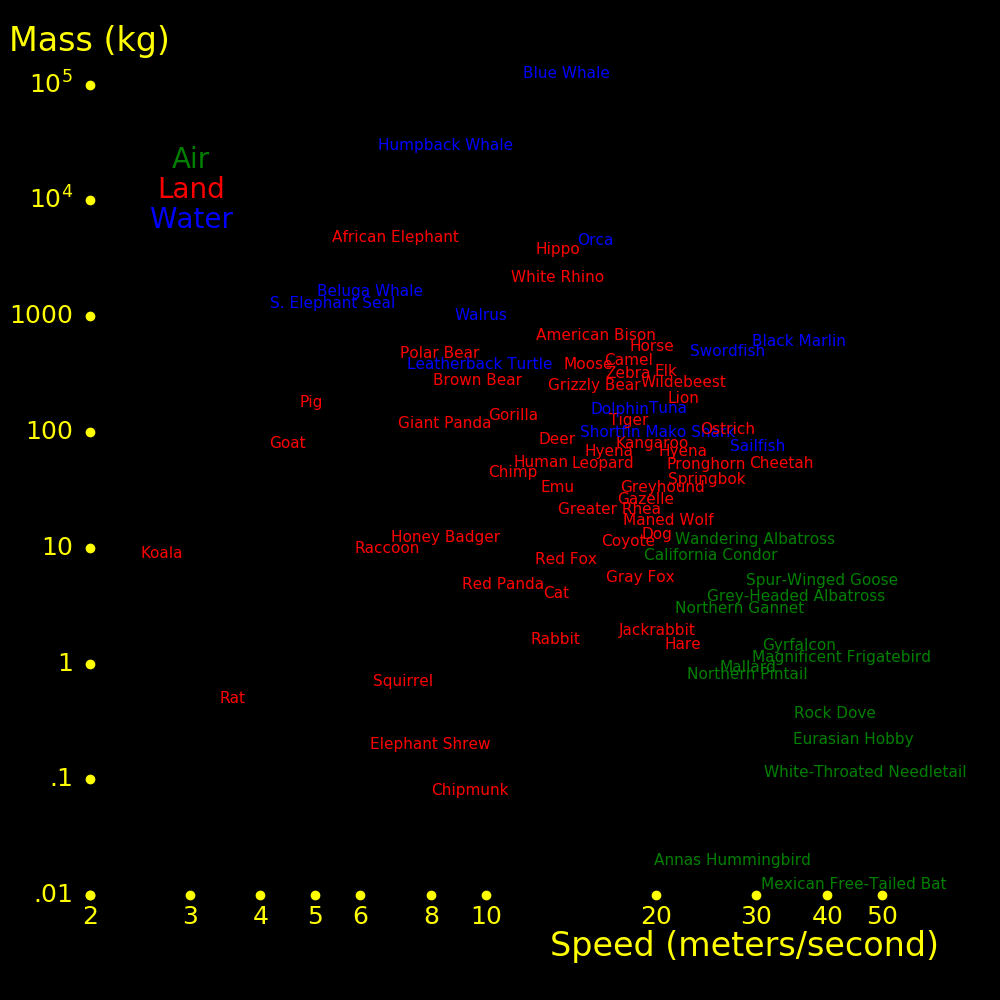 |
|---|
For fixed-wing flight, the minimum power/mass required to fly scales as:
Mass = M Power/mass required to fly = pfly ~ M1/6
Define "p" as the power/mass that a bird can exert for extended duration. The mass scaling is:
Mass = M Power/mass = p ~ M-1/6
Define "flight prowess" as the bird power divided by the minimum power for flight "pfly". If the flight prowess is greater than 1 then the bird is capable of cruising flight.
Flight prowess = Q = p/pfly ~ M-1/3
For birds, Q=1 corresponds to M=13 kg.
Increasing air density makes it easier to fly.
Increasing oxygen density increases a bird's power to mass ratio, making it easier to fly.
We add air density and oxygen density to the flight prowess scaling:
Air density = ρ = 1.22 kg/meter2 Oxygen density = γ = .26 kg/meter2 Gravity = g = 9.8 meter/second2 Flight prowess = Q ~ γ ρ½ g-3/2 M-1/3 Flight advantage = q = γ ρ½ g-3/2
The table shows the flight advantage for a variety of planets, including the fiction moon Pandora from "Avatar". For planets with no oxygen in the atmosphere, we assume scuba gear with oxygen at Earth density. "Maximum mass" is the maximum mass of a flying bird.
Oxygen Air density Gravity Flight advantage Maximum mass
kg/meter2 kg/meter2 m/s2 (Earth=1) kg
Earth, today .26 1.22 9.8 1 13
Earth, age of dinos .43 1.39 9.8 1.78 73
Titan .26 5.27 1.35 45 1200000
Mars .26 .020 3.72 .61 3.0
Venus .26 67 8.87 9.5 11000
Pandora .26 1.46 8 1.49 43
Pandora .6 1.46 8 3.54 600
The scalings predict that the maximum mass of a bird in the age of dinosaurs is 73 kg.
A blue whale is 105 tons. On titan, a bird with a mass of 1200 tons can fly.
Pandora has flying organisms with a mass more than 1 ton. If the oxygen density is the same as the Earth's, then the maximum mass of a flying organism is 43 kg. Therefore the oxygen density of Pandora is likely higher than Earth's. This is reasonable, because oxygen density is proportional to biomass density, and Pandora has dense biomass.
If Pandora's oxygen density is .6 kg/meter3, then the maximum flying mass is 600 kg.
Atmosphere of Pandora:
Fraction
Nitrogen ?
Oxygen ?
Carbon Dioxide .18 Toxic to humans
Xenon .055 Causes narcosis
Methane >.01
Hydrogen Sulfide >.01 Toxic to humans
The total density and pressure are 1.2 times that for Earth.
Humans can't handle carbon dioxide above .05 and they can't handle hydrogen sulfide above .00005.
Carbon dioxide and xenon are narcotics, and both are dense enough to cause narcosis on Pandora.
Define the narcosis power of a gas as
Gas pressure = P (bar) Gas narcosis constant = C (Nitrogen=1) Gas narcosis power = N = P C (bar)
Humans lose functionality from narcosis if the narcosis power is above 3 bars.
Pressure Narcosis constant Narcosis power
bar (Nitrogen=1) bar
Carbon dioxide .22 80 18
Xenon .066 26 1.7
Define "cruising speed" as the speed that minimizes the power required for level flight. The mass scalings are:
Flying power/mass = pfly ~ M1/6 Cruising speed = V ~ M1/6 Maximum flight time = T ~ M-1/6 Flight range = R = VT ~ M0
The maximum flight range is independent of mass. Large and small birds are on equal footing for migration.
See the flight textbook for a discussion of the physics of flight.
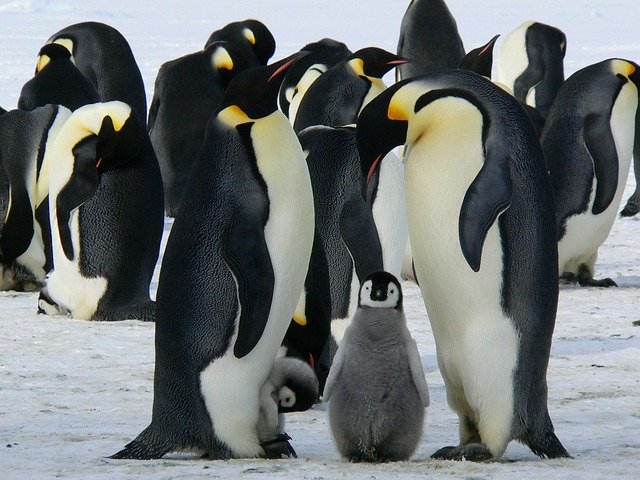 |
|||||
|---|---|---|---|---|---|
 |
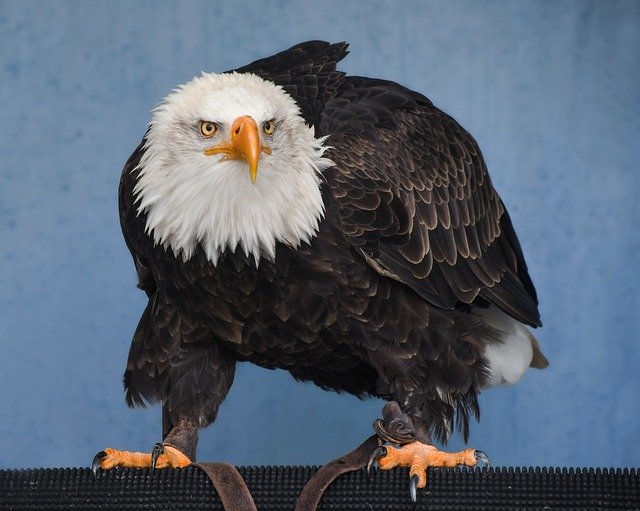 |
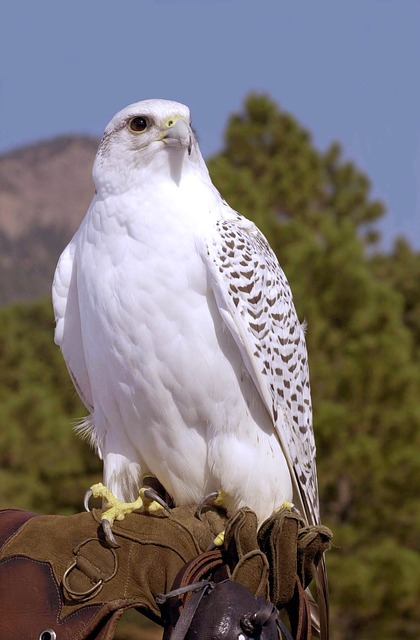 |
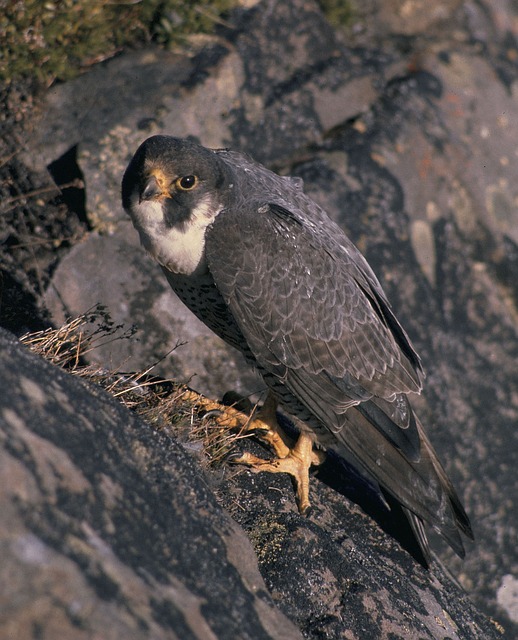 |
|---|---|---|---|
 |
 |
 |
 |
 |
|
|---|---|---|---|---|---|
 |
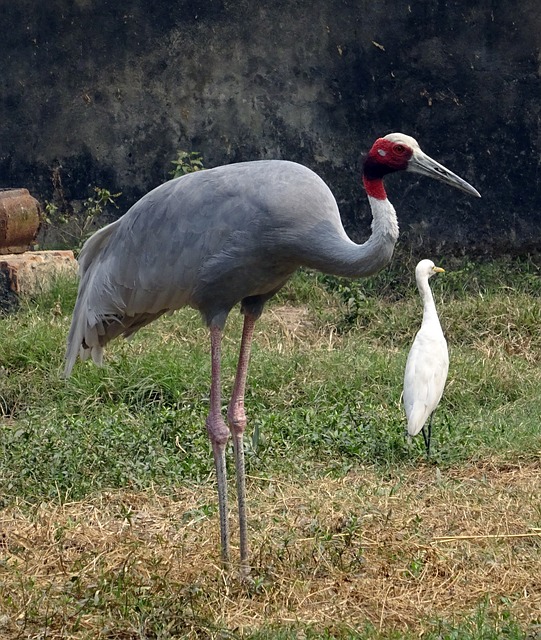 |
 |
|---|---|---|
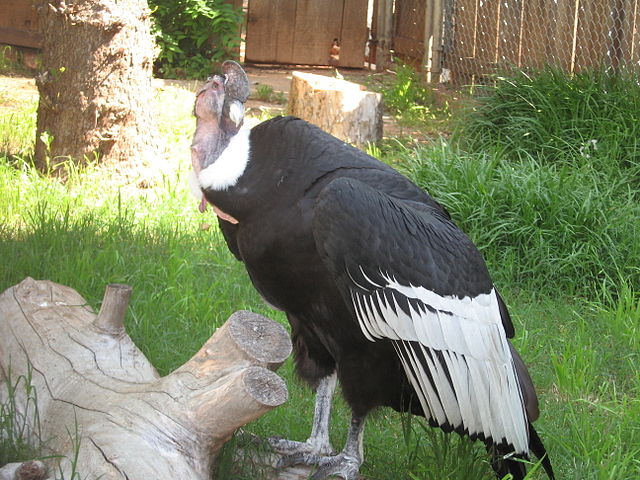 |
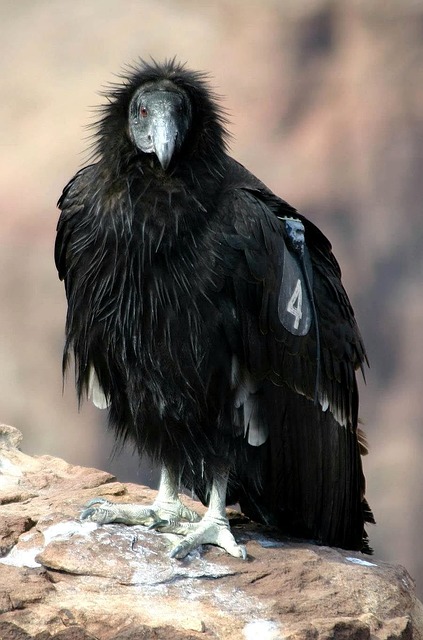 |
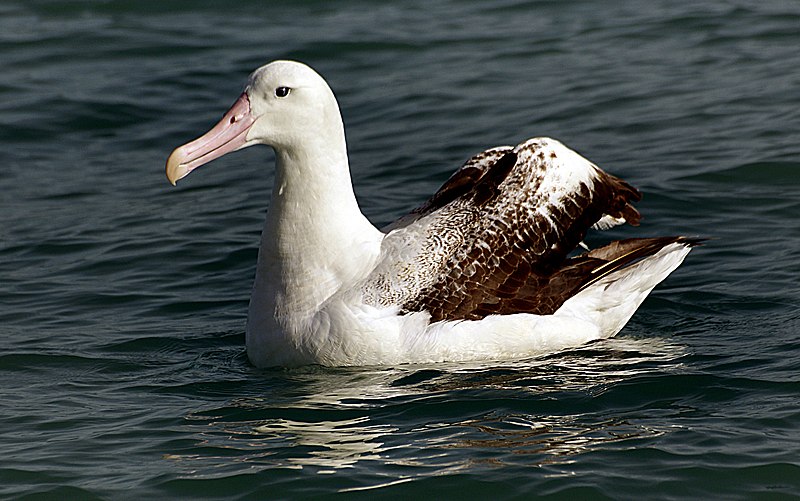 |
 |
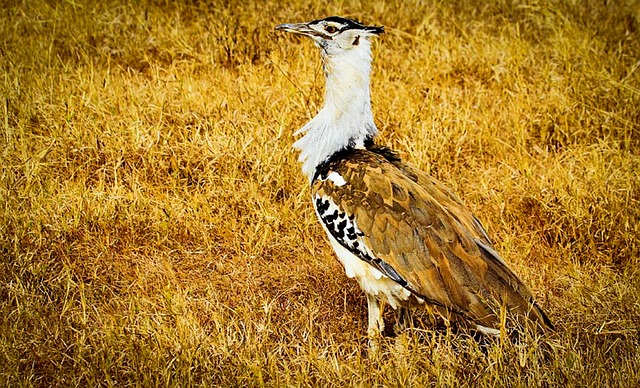 |
|---|---|---|---|---|
Mass (kg) Flighted
Ostrich 104
Somali ostrich 90
Southern cassowary 45
Northern cassowary 44
Emu 33
Emperor penguin 32
Greater rhea 23
Dwarf cassowary 19.7
Lesser rhea 19.6
King penguin 13.6
Turkey 13.5 *
Mute swan 11.9 *
Wandering albatross 11.9 *
Trumpeter swan 11.6 *
Dalmatian pelican 11.5 *
Kori bustard 11.4 *
Whooper swan 11.4 *
Andean condor 11.3 *
Great bustard 10.6 *
Cinereous vulture 9.5 *
Cape vulture 8.8 *
California condor 8.5 *
Siberian crane 8 *
Red-billed crane 8 *
Ruppell's vulture 7.6 *
Sarus crane 7 *
Steller's sea eagle 6.7 *
Black swan 6 *
Bald eagle 4.85 *
Canadian goose 3.8 *
Mallard 1.2 *
Extinct birds:
Mass (kg) Flighted
Dromornis stirtoni 500
Elephant bird 400
Brontornis 375
Kelenken 300
Giant moa 240
Titanis waleri 150
Argentavis 72 *
New Zealand penguin 90
Pelagornis sandersi 30 *
Sylviornis 30
Haast's eagle 12 * 1400 CE
Cuban giant owl 9 *
Gases cause narcosis. A human scuba diver functions normally down to 35 meters depth, below which narcosis occurs.
The narcotic power of gases is:
Narcosis/Density Mass Atmosphere height
Nitrogen=1 AMU km
He Helium .32 4.00 56
Ne Neon .42 20.18 11.1
Ar Argon 1.62 39.79 5.7
Kr Krypton 2.37 83.80 2.67
Xe Xenon 5.46 131.29 1.71
N2 Nitrogen 1 28.02 8.0
O2 Oxygen 1.49 32.00 7.0
N2O Nitrous oxide 7.64 44.01 1.3
H2 Hydrogen 8.34 2.016 111
CO2 Carbon dioxide 13 44.01 5.1
CF4 Perfluoromethane .25 88.00 2.55
C2F6 Perfluoroethane .47 138.01 1.62
C3F8 Perfluoropropane .45 188.02 1.19
C4F10 Perfluorobutane .71 238.03 .94
SF6 Sulfur hexafluoride .77 146.06 1.53
CCl2F2 DiCldiFlmethane 2.0 120.91
C2H4 Ethylene 10 28.05
C3H2ClF5O Enfluorane 28 184.49
C3H2F6O Desfluorane 76 168.04
C3H6 Cyclopropane 220 42.08
(C2H5)2O Diethyl ether 350 74.12
C4H5F3O Fluoroxene 350 126.08
C3H2ClF5O Isofluorane 390 184.5
CF3CHClBr Halothane 570 197.38
CHCl3 Chloroform 1400 119.37
C4H3F7O Sevofluorane 2300 200.06
C3H4Cl2F2O Methoxyfluorane 3200 164.97
Atmospheric scale height is inversely proportional to molecular mass.
Narcosis/Density Narcosis/Pressure Mass Oil/Gas MAC Boil
Nitrogen=1 Nitrogen=1 AMU C
He Helium .32 .045 4.00 .015
Ne Neon .42 .3 20.18 .02
Ar Argon 1.62 2.3 39.79 .15
Kr Krypton 2.37 7.1 83.80 .5 7
Xe Xenon 5.46 25.6 131.29 1.9 .95
N2 Nitrogen 1.00 1.0 28.02 .072 60
O2 Oxygen 1.49 1.7 32.00
H2 Hydrogen 8.34 .6 2.016
H2 Carbon dioxide 50 80 44
CF4 Carbon tetrafluoride .25 .8 88.00 .052 25 -127.8
C2F6 Perfluoroethane .47 2.3 138.01 .146 15
C3F8 Perfluoropropane .45 3 188.02 .208 8 -36.7
C4F10 Perfluorobutane .71 6 238.03 .437 1.2 -1.7
C5F12 Perfluoropentane 288 28
C6F14 Perfluorohexane 338 56
SF6 Sulfur hexafluoride .77 4 146.06 .280 8
CCl2F2 DiCldiFlmethane 2.0 9 120.91 6 3.5
C4F8 Perfluorocyclobutane 200.03 -6
N2O Nitrous oxide 7.64 12 44.01 1.4 1.3
C2H4 Ethylene 10 10 28.05 1.2
CO2 Carbon dioxide 13 20 44.01
C3H2ClF5O Enfluorane 28 184 184.49 98 .0163
C3H2F6O Desfluorane 76 450 168.04 18.7 .066
C3H6 Cyclopropane 220 330 42.08 11.5 .092
(C2H5)2O Diethyl ether 350 940 74.12 65 .032
C4H5F3O Fluoroxene 350 1560 126.08 60 .02
C3H2ClF5O Isofluorane 390 2560 184.5 97 .0117
CF3CHClBr Halothane 570 4000 197.38 224 .0075
CHCl3 Chloroform 1400 6000 119.37 400 .005
C4H3F7O Sevofluorane 2300 1700 200.06 42 .018
C2HCl3 Trichloroethylene 131.38 714
C3H4Cl2F2O Methoxyfluorane 3200 19000 164.97 950 .0016
CBr2F2 DiBrDiFlmethane 209.8 22.8
C2F4Br2 259.8 47.3
C6F12 Perfluorocyclohexane 300.05 59.5
C10F18 Perfluorodecalin 462 142
"Oil/Gas" is the oil/gas partition coefficient, which is unitless. The narcotic power of a gas is inversely proportional to the coefficient. The coefficient is the ratio of the concentration of a gas dissolved in oil, divided by the concentration of the gas.
"MAC" is the "Minimum alveolar concentration", which is inversely proportional to anaesthetic power.
 |
|---|